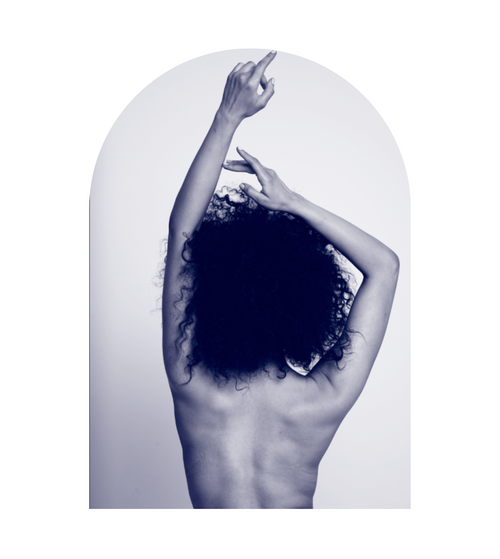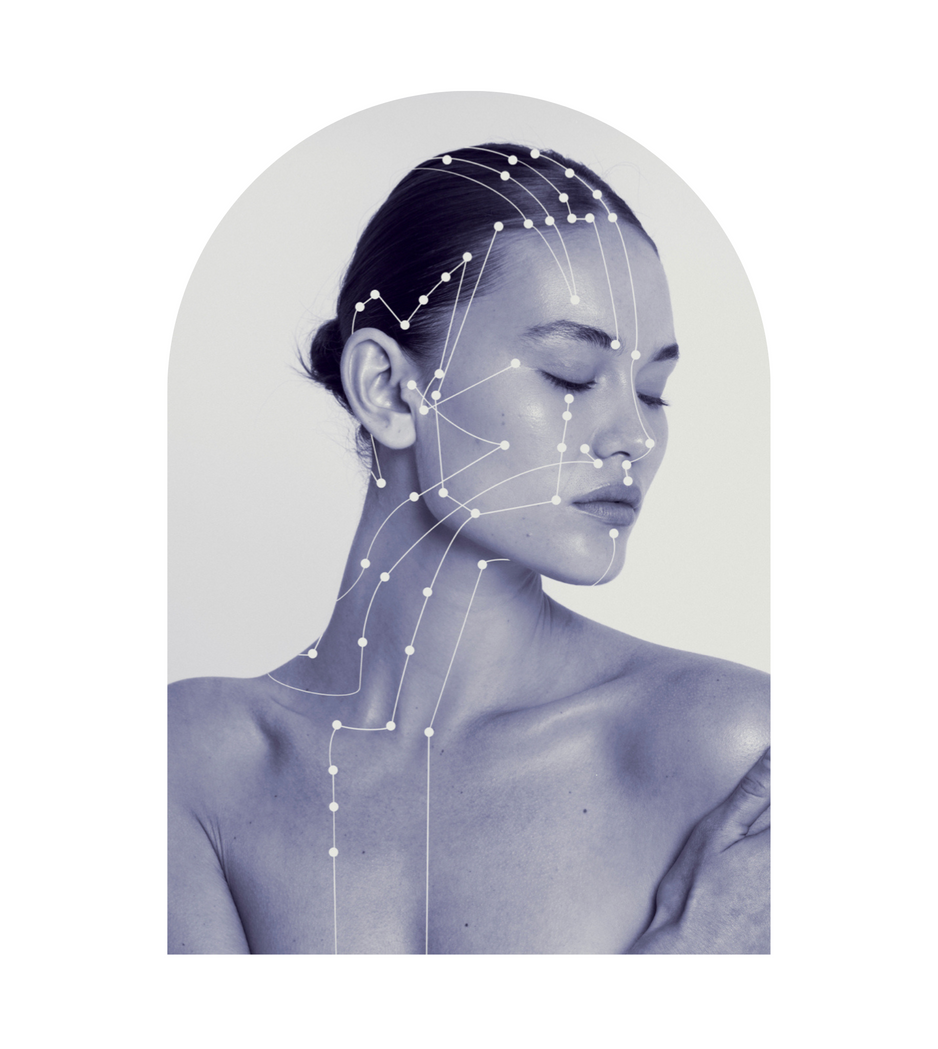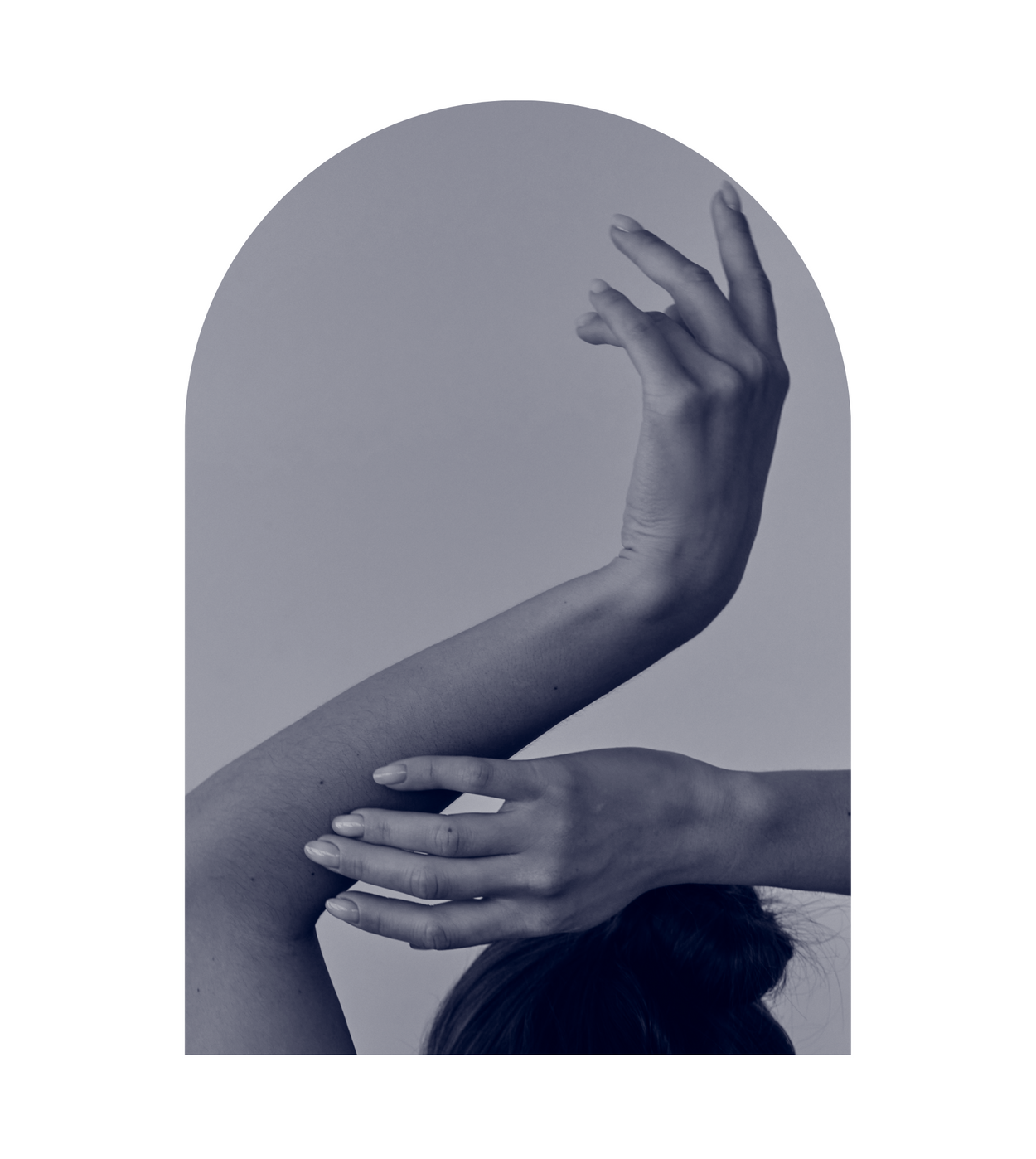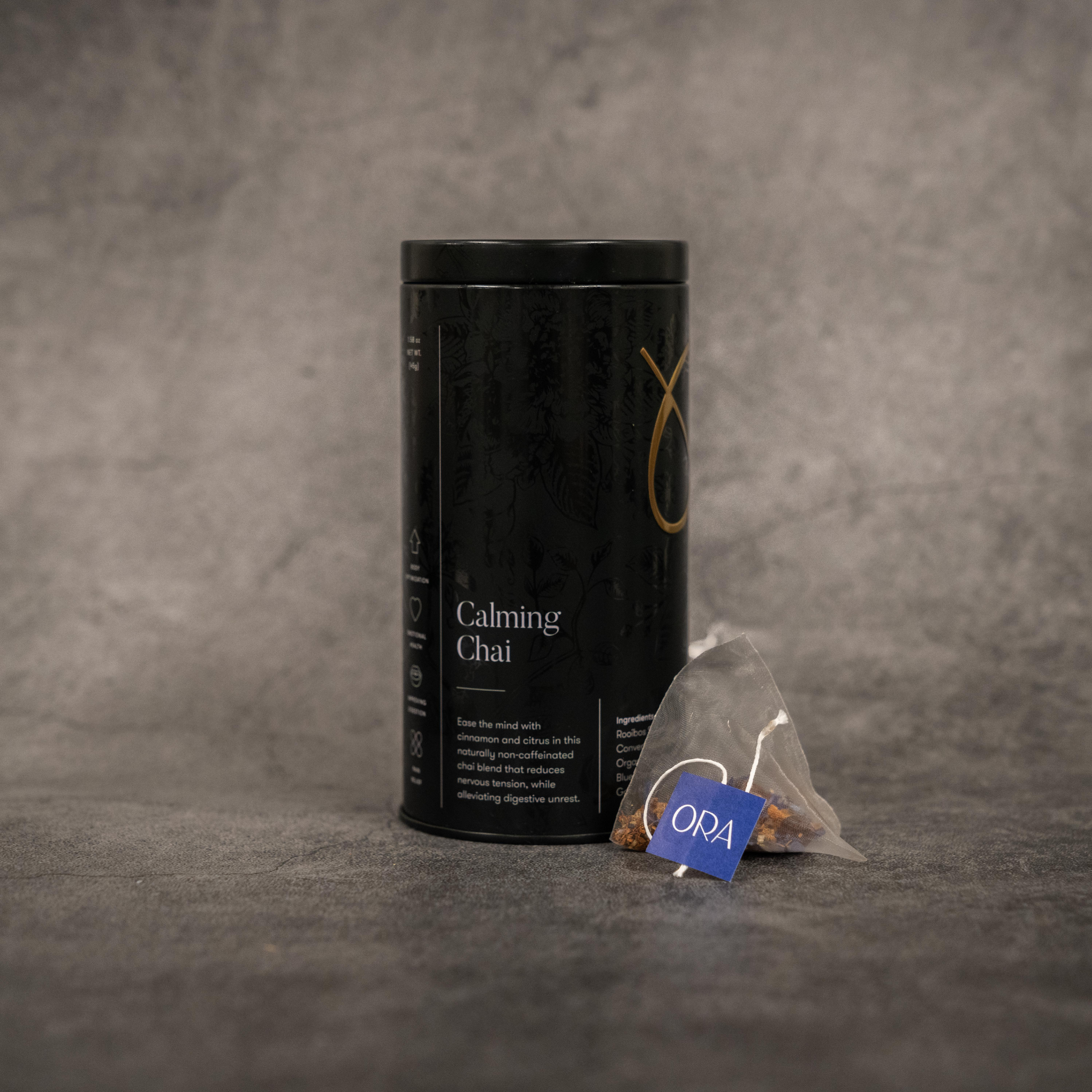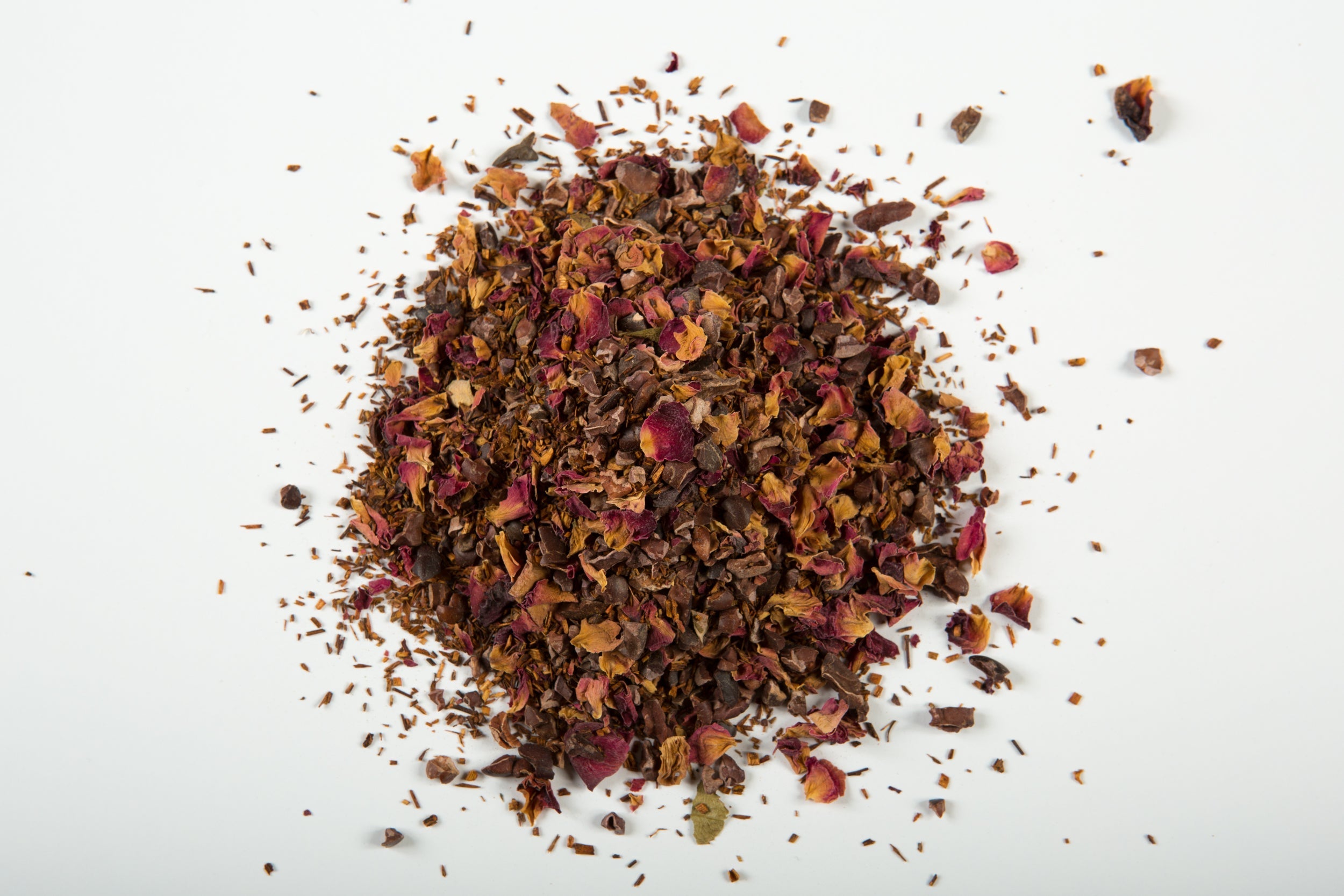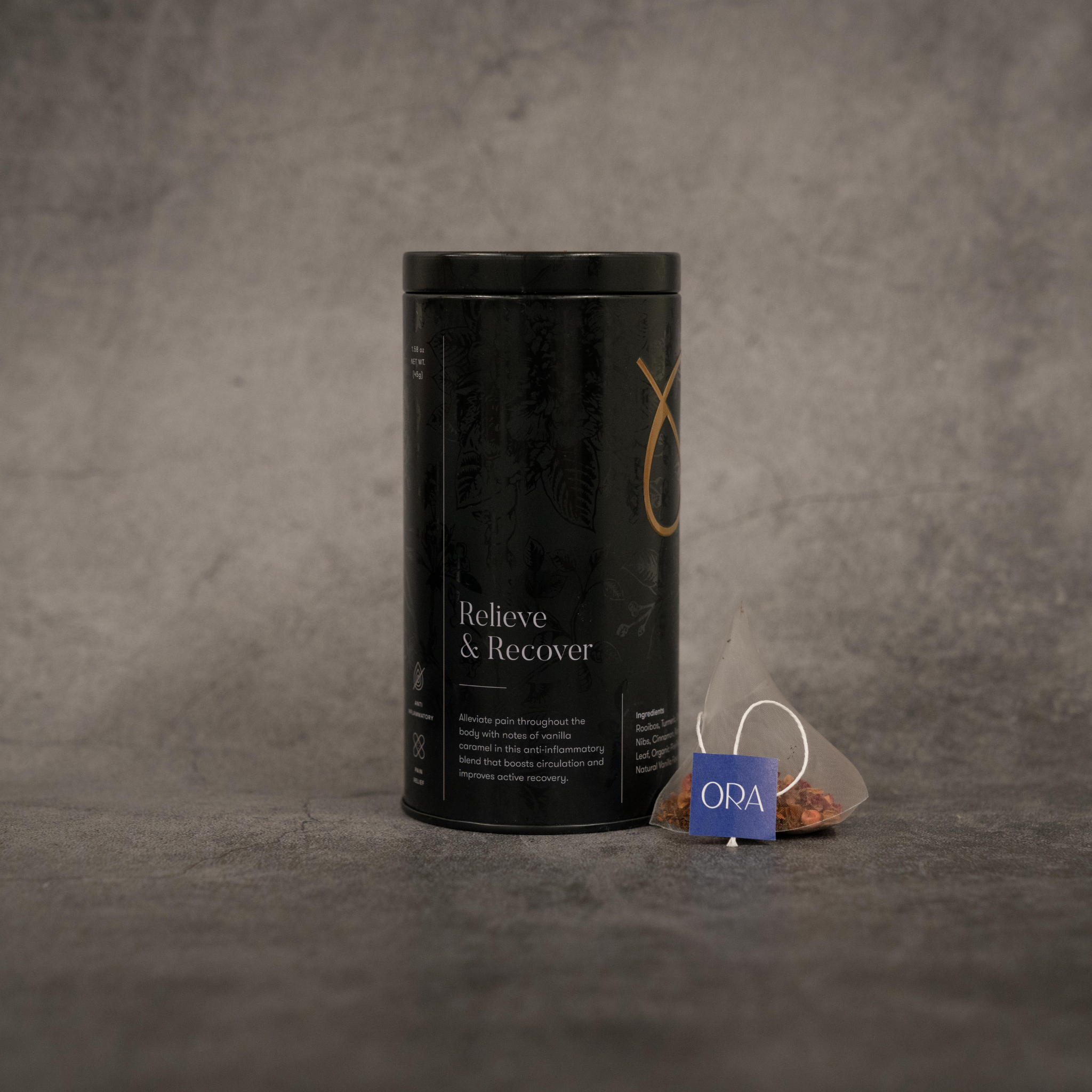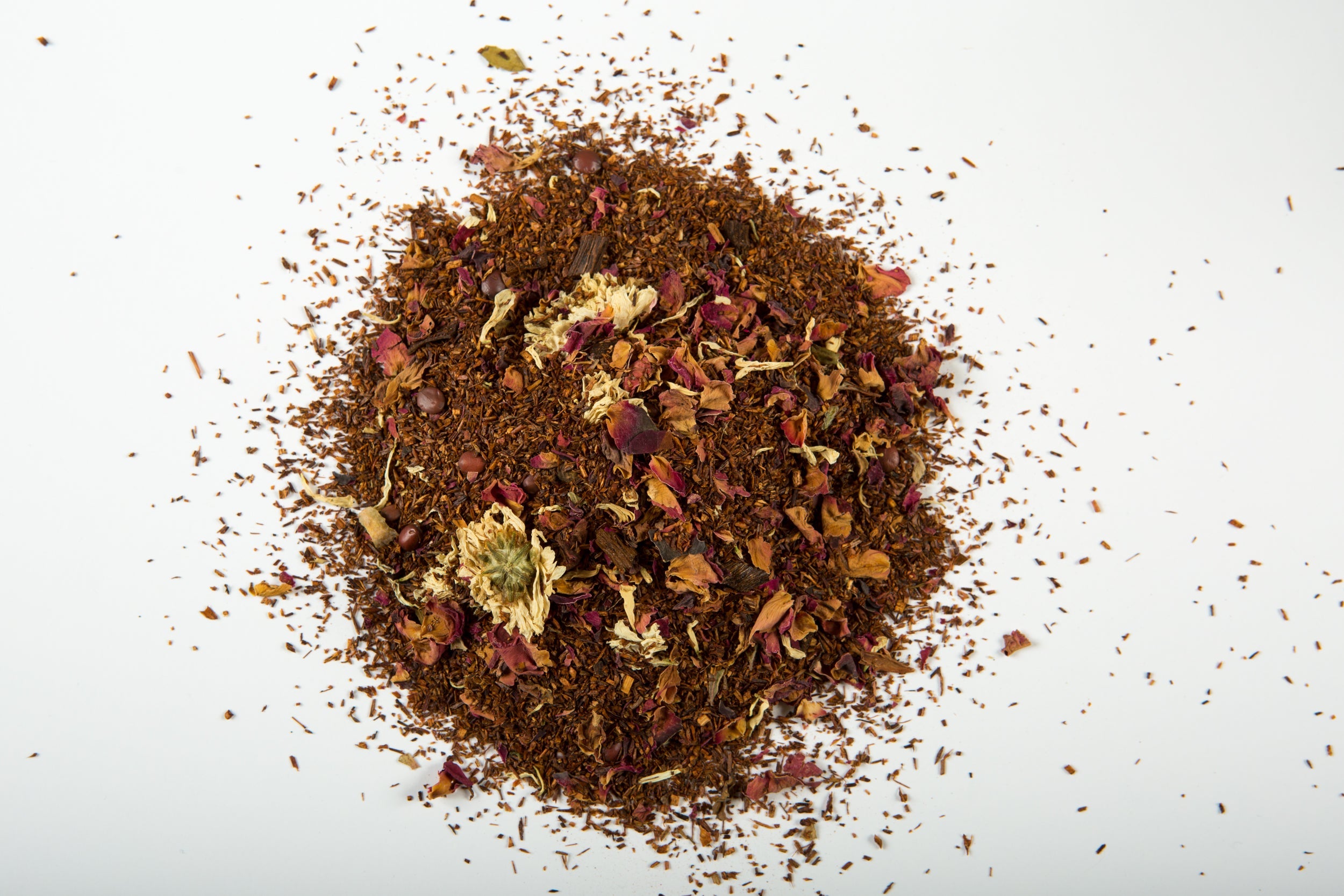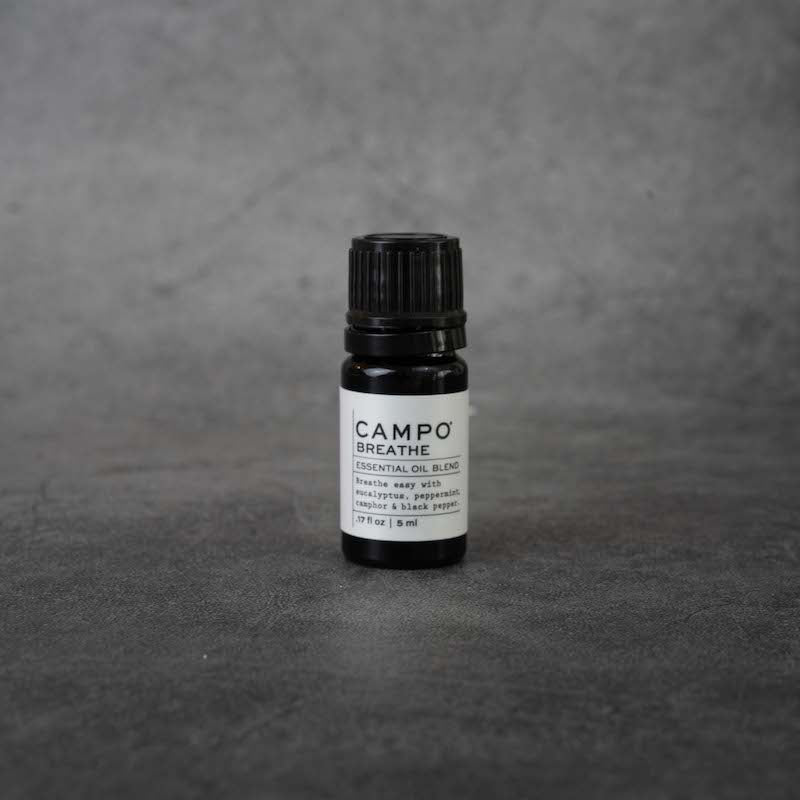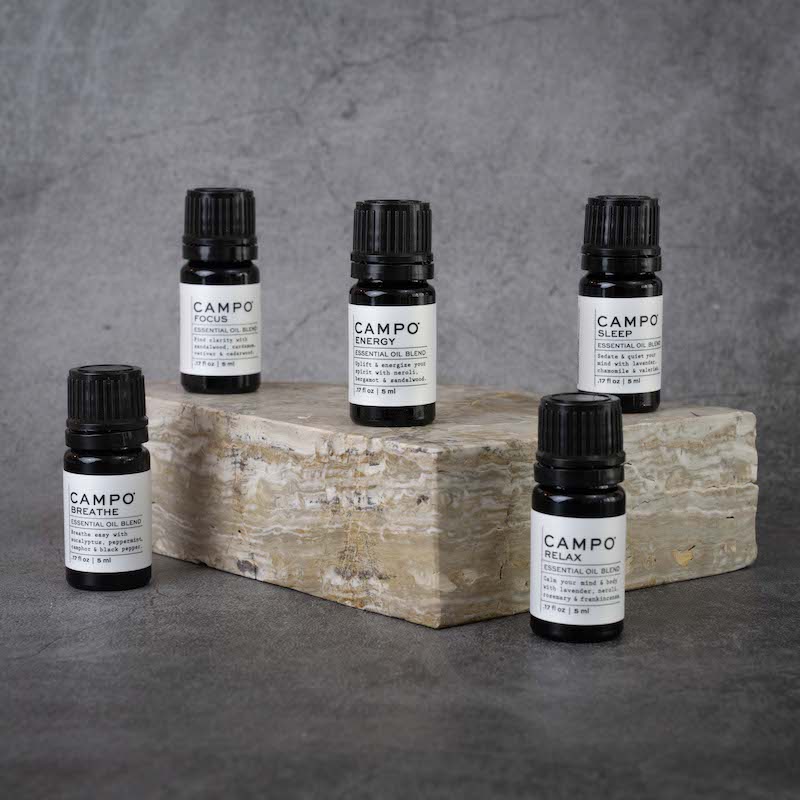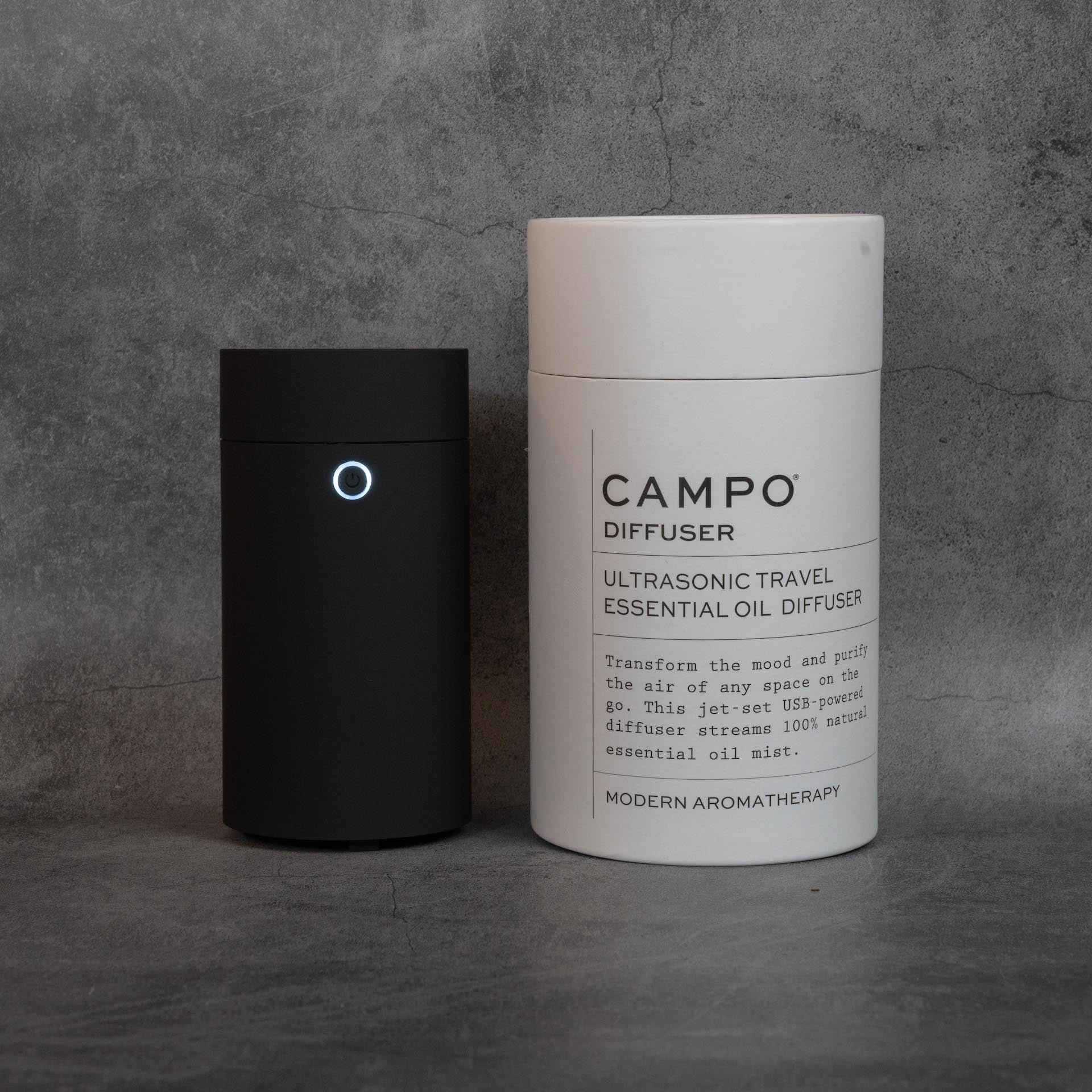The history of Traditional Chinese Medicine represents a culmination of thousands of years of Chinese philosophy, spirituality, and seasonal well-being. Originating in Daoism, the ancient Chinese sages rooted TCM beliefs and practices to nature, always believing in following the “Dao” or living with the flow of things as they are in nature. They developed the Yin-Yang theory to not only explain nature but eventually to explain our body, a belief that everything (in our bodies and in nature) contain an equal and opposite. There is always transformation from one to the other – dark to light, back to front, inside to outside. They also developed the 5 Elements Theory and 24 Solar Terms, first to connect the basic forces of Nature to major agricultural periods of time, then eventually to explain our inner body organ relationships.
While TCM has evolved over millennia, modern Chinese medicine looks vastly different from when it was practiced in ancient times. Historically, doctors of Chinese medicine would walk the streets of their town or village ringing a little bell on their finger, and if you needed a visit, you could summon him into your home. In their sleeve would always be a small book of formulas, herbs, or other potions. During the Han Dynasty (202 BC -220 AD) the Yellow Emperor commissioned his staff to write the Huang Di Nei Jing (Yellow Emperor’s Classic) because he wanted to systemize and legitimize this medicine with hopes of continuing its development and expansion in the future.
Today, you may be surprised to learn that not all the Chinese believe in Traditional Chinese Medicine. Over the course of Chinese history, the more recent communist party of Mao Ze Dong, publicly denounced Traditional Chinese Medicine, which in turn made Chinese nationals reject their own medicine and depth of their culture. Following his reign, there has been a return to preserving and expanding usage of Traditional Chinese Medicine. In most Chinese hospitals today, Acupuncture and ICU departments can often sit side-by-side. Surgeons in China are required to study Acupuncture and Acupuncturists can become surgeons. We have seen a great fusion of Traditional and Modern Chinese medicine over the last century.
Modern Chinese communities today continue to practice the seasonal ways of eating and living guided by the 24 solar terms and key holidays in the new Lunar Year. Both serve to remind us of not only remember and celebrate Chinese culture and traditions, but also to consume various medicinal foods, which often remain integral to traditional Chinese cuisine and recipes that have passed through generations.



